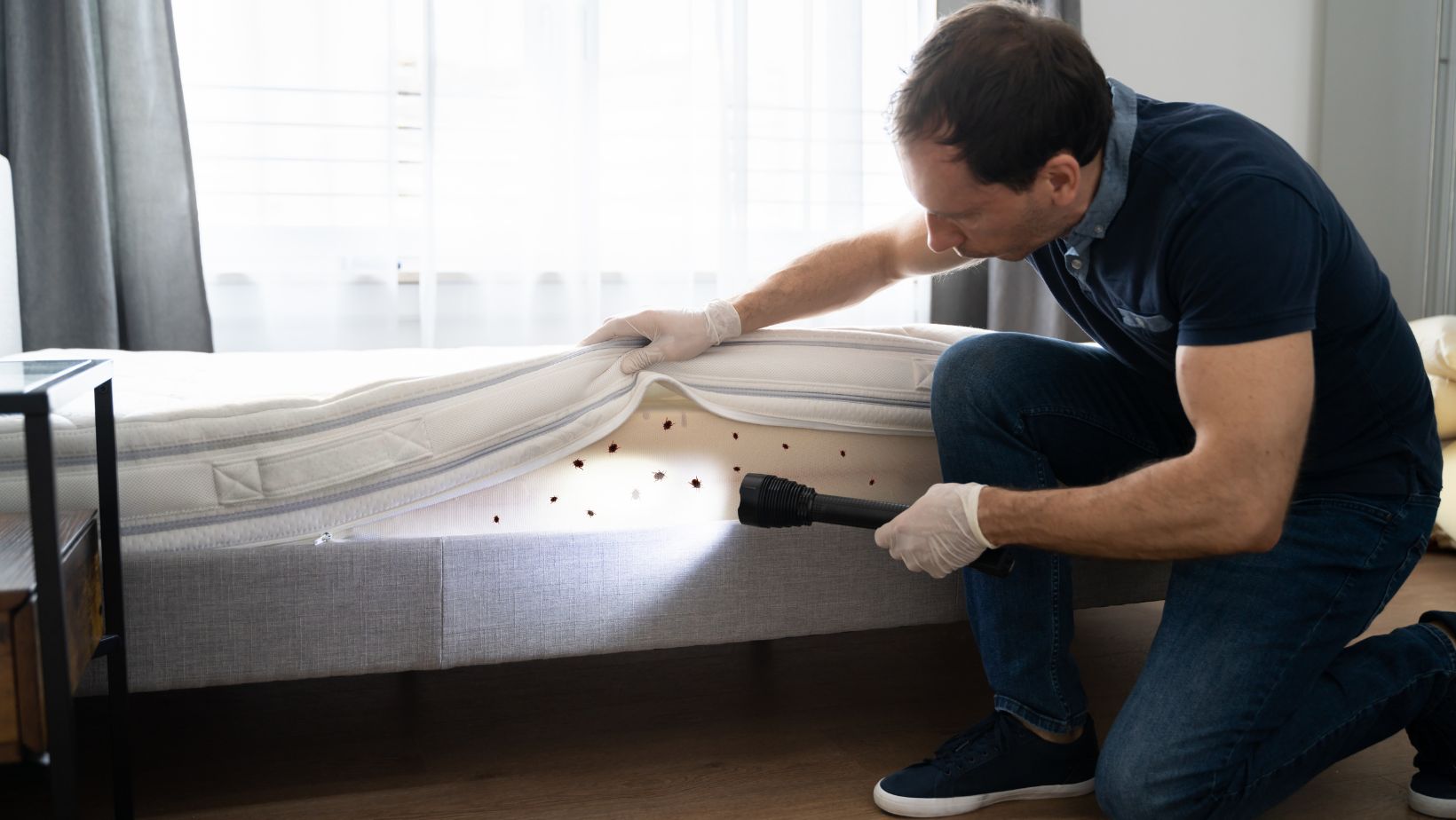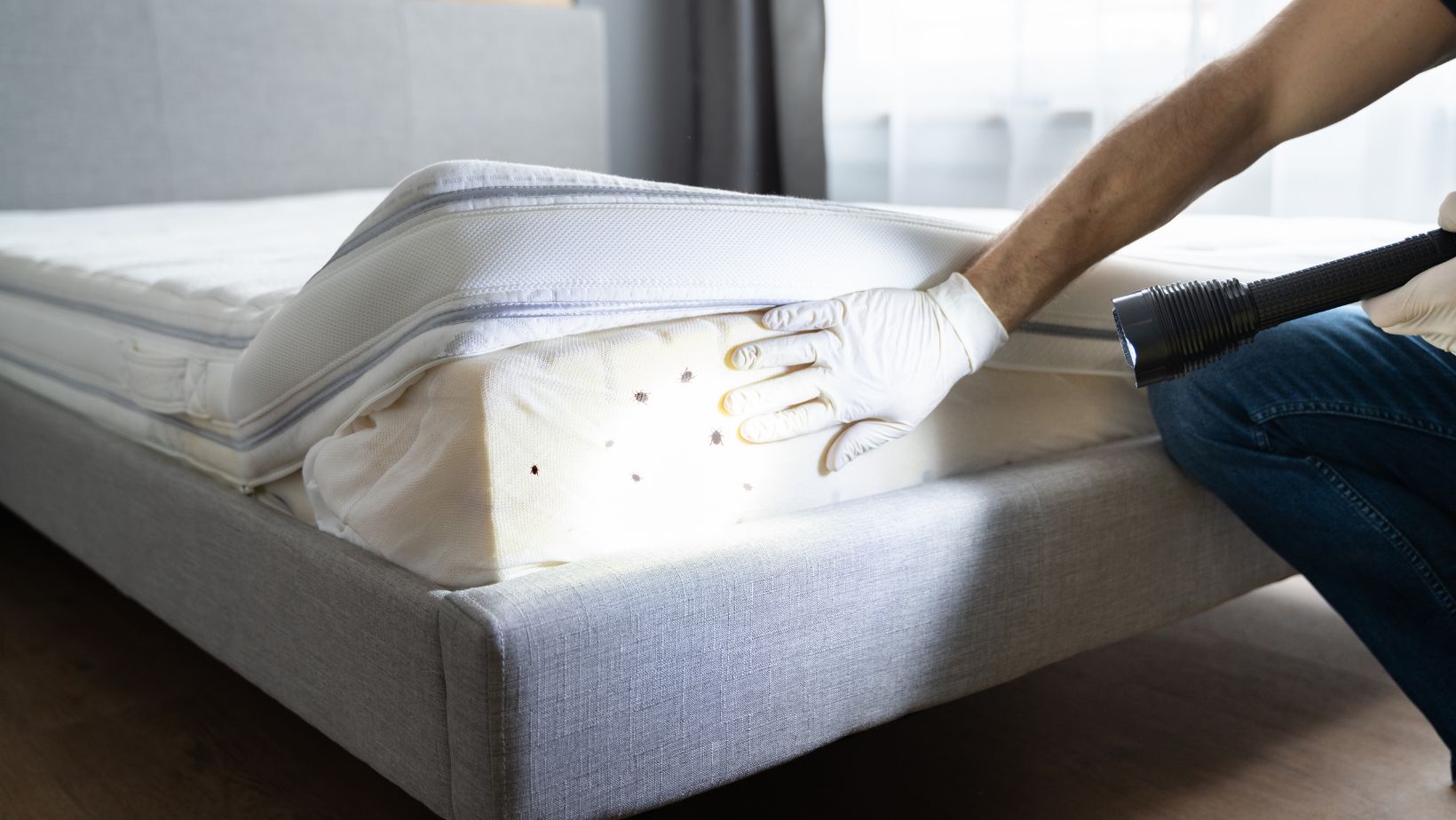
An annoying bed bug can quickly ruin a peaceful night’s sleep. Learning about bed bug infestation causes and effective management techniques is critical.
Let’s discuss the various causes of bed insect infestations.
People Travel More Often
An increase in travel and movement is a major factor contributing to bed bug infestations. The bed bug is excellent at hanging onto items. When we travel, bed bugs can quickly cling to our clothes, personal items, and luggage. People travelling frequently unintentionally bring bed bugs from establishments like motels, hostels, and other public spaces. Bed bugs can spread through various residential settings, including homes, flats, and other living quarters. It occurs when infested furniture, bedding, and clothing are moved.
It also includes visits to friends or family, or while using public transportation. A hotel room, an airplane, a train, or a rental car can all be hiding places for bed bugs. This makes it hard to find and stop their spread. Besides, bed bugs are tough. They can even hide in luggage and clothes for almost a month without food.
After your trip, make sure you check your clothes, bags, and other belongings. Search for out any signs of bed bugs. Wash clothing in hot water. Also, vacuum luggage well to remove any hitchhiking bed bugs. Also, consider using bed bug-proof luggage encasements. Store luggage away from sleeping areas to prevent infestations. When you return home, unpack your luggage outside. Inspect items carefully before bringing them inside. This will stop bed bugs from getting into your home.
Second Hand Furniture and Clothes
Buying old furniture is another common cause of infestations with bed bugs. Bedbugs can easily conceal themselves in the gaps, fractures, and seams of old furniture. This refers to beds and furniture with padding and fabric covering. They wait for a chance to spread to new places. Similarly, infested clothing and linens bought from thrift stores can bring bed bugs into homes. The same is true for clothing handed down.
Bed bugs especially like second-hand furniture and clothing. They are prone to infest them due to the chance for long exposure to infested places. Things kept in storage facilities, basements, or secondhand shops can get bed bugs if they’re not protected. Used furniture and clothes can also hide bed bugs.

Prior to purchasing old clothing or furnishings, do a thorough check. Look for shed skins, faecal stains, or live bugs. Bed bugs are easy to kill by heating or steaming used furniture. Wash used clothes and linens in hot water. Dry them on high heat before use. This kills any bed bugs and their eggs. Also, consider buying new furniture or clothing from good retailers. This will reduce the risk of bed bug infestations.
Lack of Awareness and Pest Prevention
There’s also the possibility that people don’t know about bed bugs. Few people know bed bugs’ signs and how important early detection is. Also, poor sanitation and clutter create ideal bed bug hiding spots. This makes it easy for infestations to go unnoticed and spread.
Shame and embarrassment about bed bugs may stop people from seeking help. It may also stop them from reporting the bugs. Lack of education and myths about bed bugs can also hinder prevention. People may not see the need for actions. These include regular inspections, clutter reduction, and early intervention. Raising awareness about bed bugs and their prevention can empower communities. It helps individuals take action and work with others to address infestations.
Understand that anyone can get bed bugs. This can happen to anyone, regardless of how clean or rich they are. Bed bugs are pests that take opportunities. They can thrive anywhere with a blood source. It’s crucial to end the stigma of bed bugs.
When you understand what bed bugs are and how to prevent them, you can stop infestations and educate others about them. Check sleeping areas, furniture, and belongings often. Search for indications of bed bugs, like bites, blood marks, or feces stains. Ensure that living areas are tidy, uncluttered, and properly ventilated. This reduces hiding spots for bed bugs. It also makes inspections and treatments more effective.
Consider getting professional bed bug control help too. It’s easier for exterminators to kill bed bugs thanks to their knowledge, experience, and tools. They can also stop their spread. A mix of insecticides, heat treatments, and other methods may be used by professionals. They tailor these to the severity of the infestation. This gives peace of mind and relief from the nuisance of infestations.
Inadequate Pest Control Measures
Lastly, bad pest control can’t beat bed bugs. DIY treatments and store-bought pesticides may not be enough to kill bed bugs and their eggs. This lets infestations keep going and spread. Also, misusing pesticides can harm humans and pets. You may also drive bed bugs deeper into hiding, making problems worse.
Furthermore, bed bugs are now resistant to the standard insecticides. This has made DIY treatments less effective over time. Using old pest control methods is ineffective. It can extend infestations and increase the risk of reinfestation. Also, misusing pesticides can expose people to harmful chemicals. It can also harm the environment.

Take advantage of integrated pest management. IPM aims to use fewer pesticides. It emphasises non-chemical control methods. These include vacuuming, heating, and removing bed bugs and their eggs. IPM uses multiple control methods. It also monitors their effectiveness. This can help control bed bugs for the long term. It does this while minimising risks to people and the environment.
In Conclusion
In conclusion, bed bug infestations can have many causes. These include travel, second-hand items, lack of awareness, and bad pest control. Fix the causes and stop the spread of bed bugs. The best way to protect yourself and your house from bed bugs is to inspect carefully and find problems early. They are key for effectively addressing bed bug infestations. They also minimise the bugs’ impact on public health and well-being.



